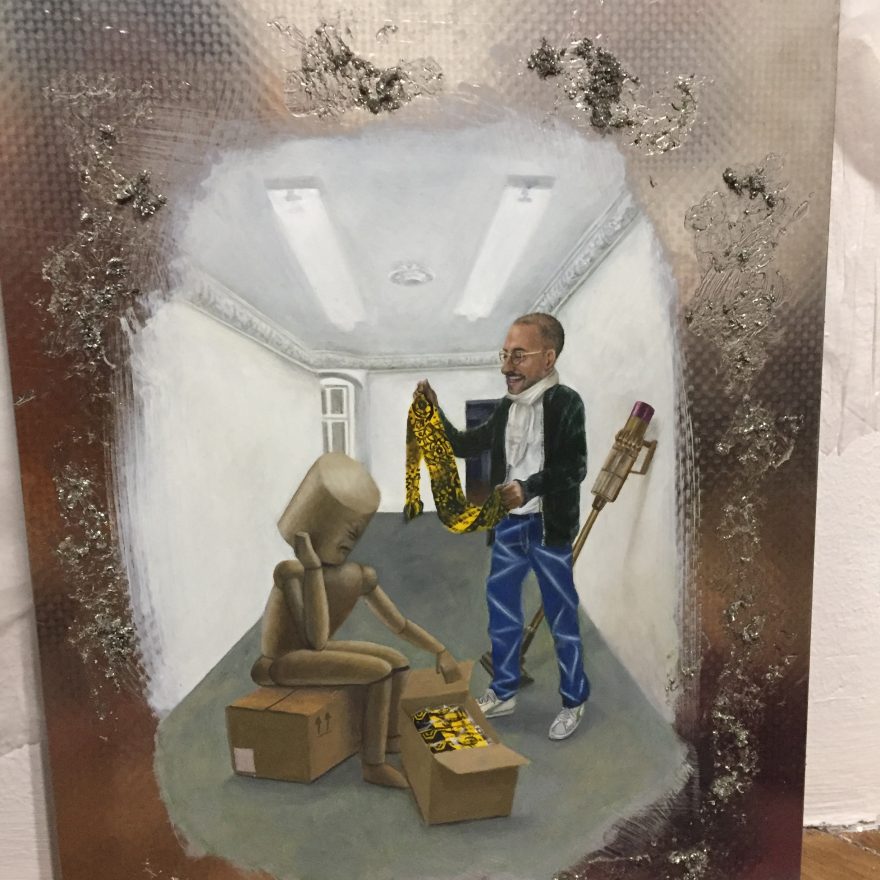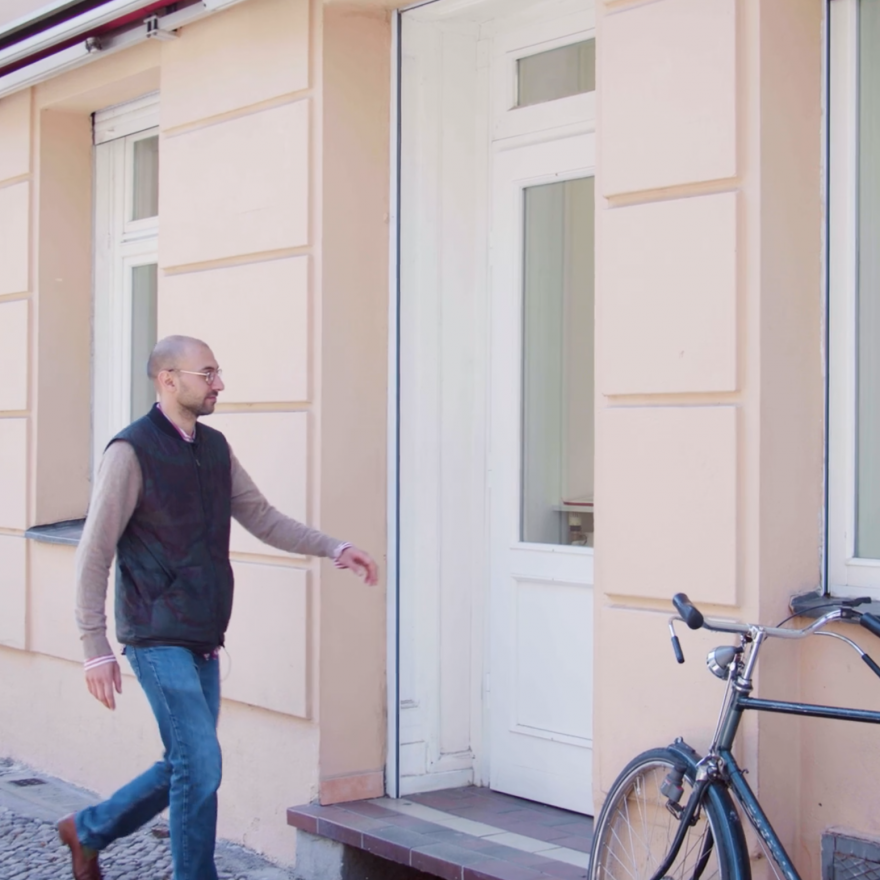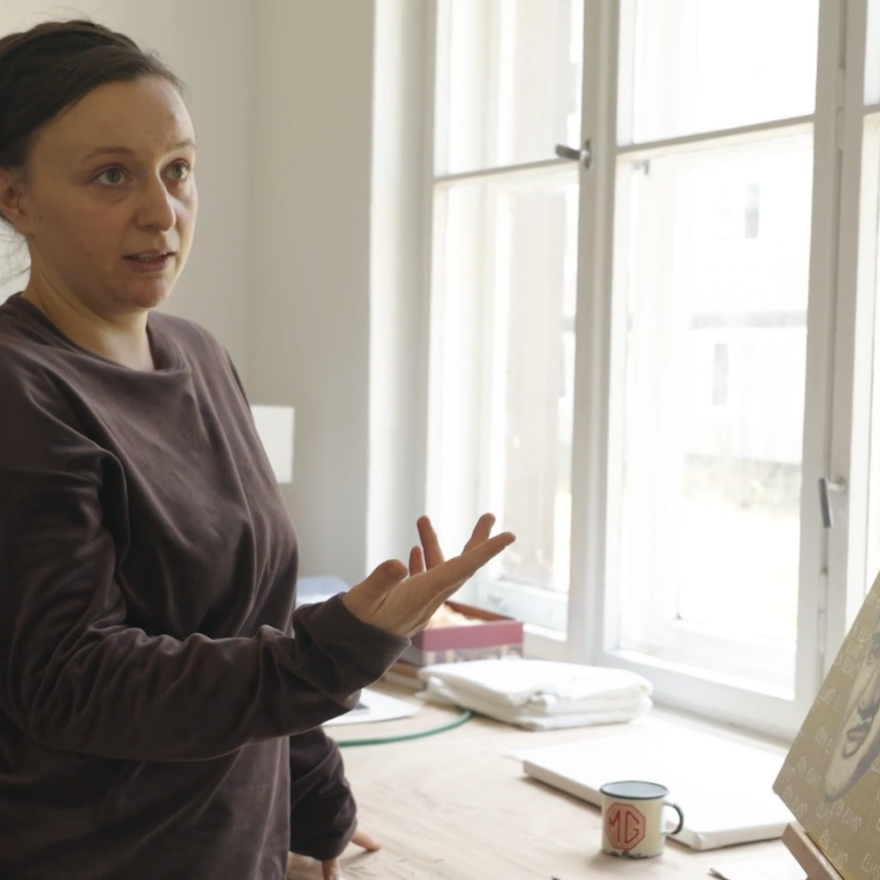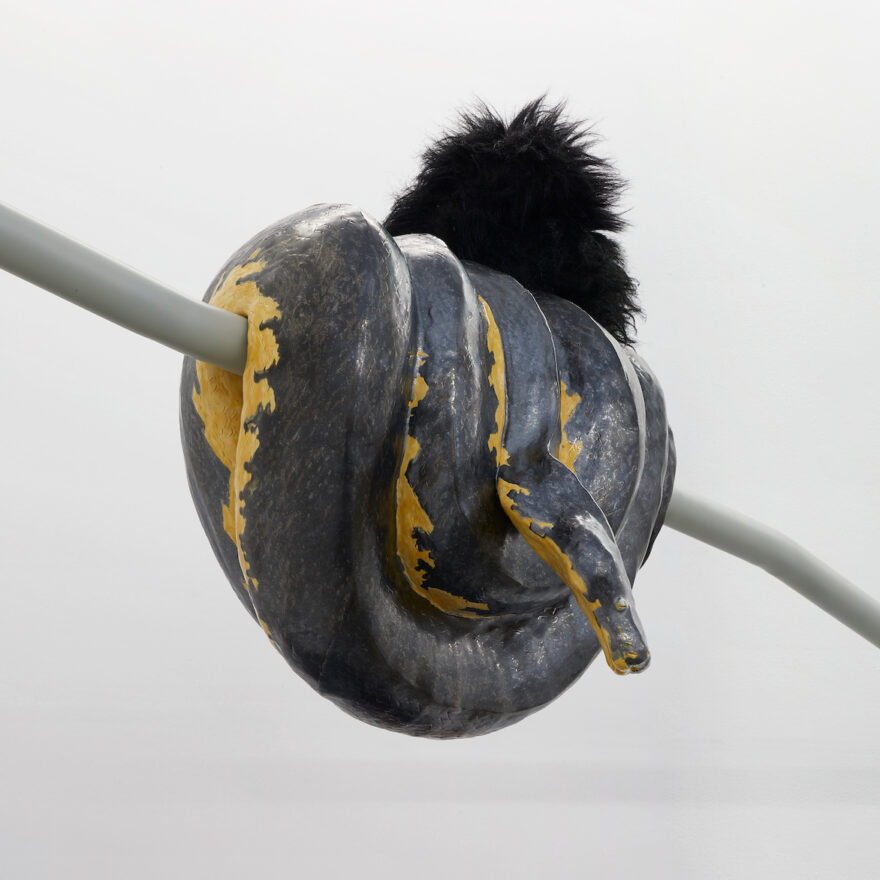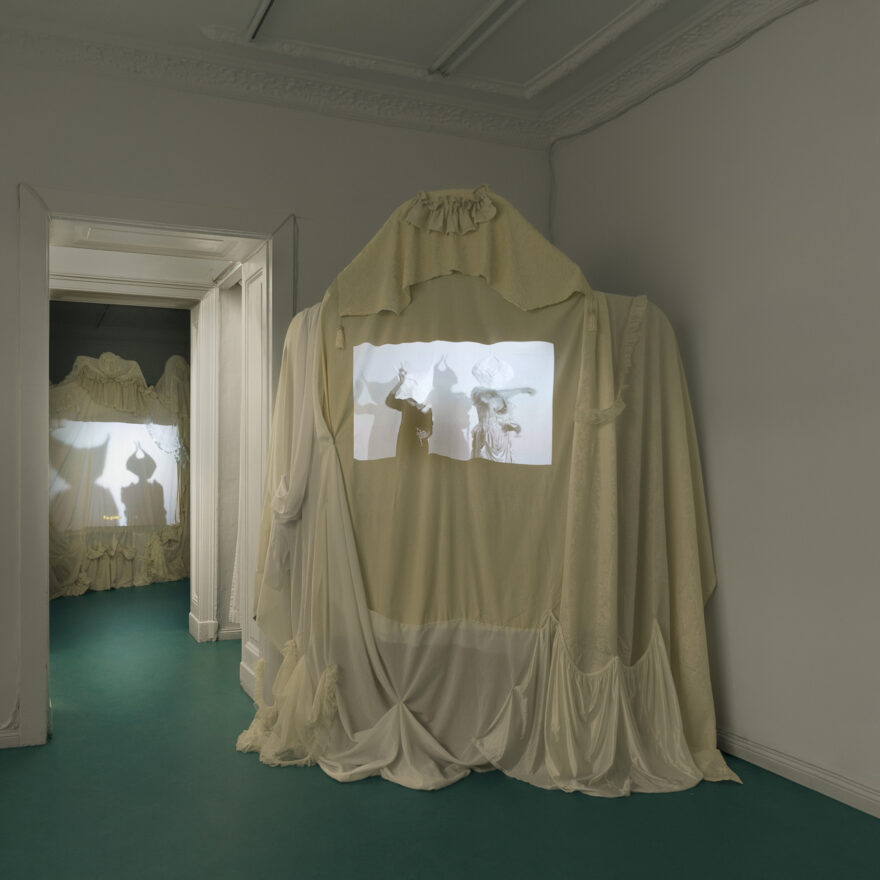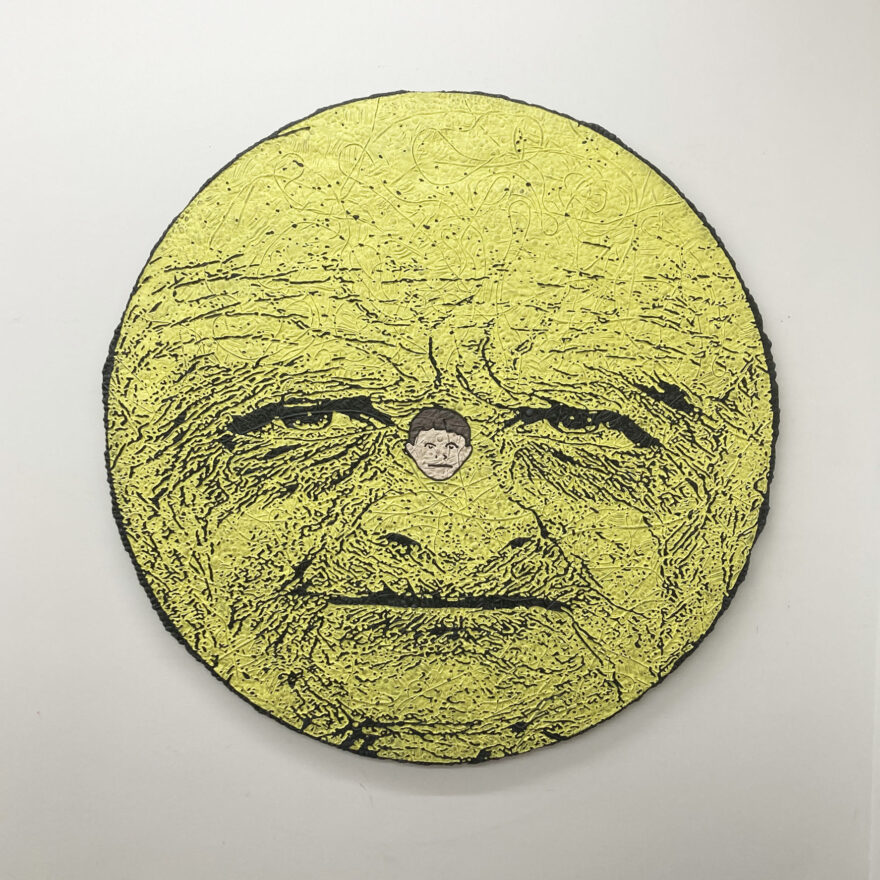Joep van Liefland
Silicon Jelly
12 SEP until 11 OCT 2025
At ROSEGARDEN,
Potsdamer Straße 98A,
10785 Berlin
Irina Jasnowski Pascual
Plane Volume
12 SEP until 11 OCT 2025
Opening – 11 SEP 2025, 6-9 pm
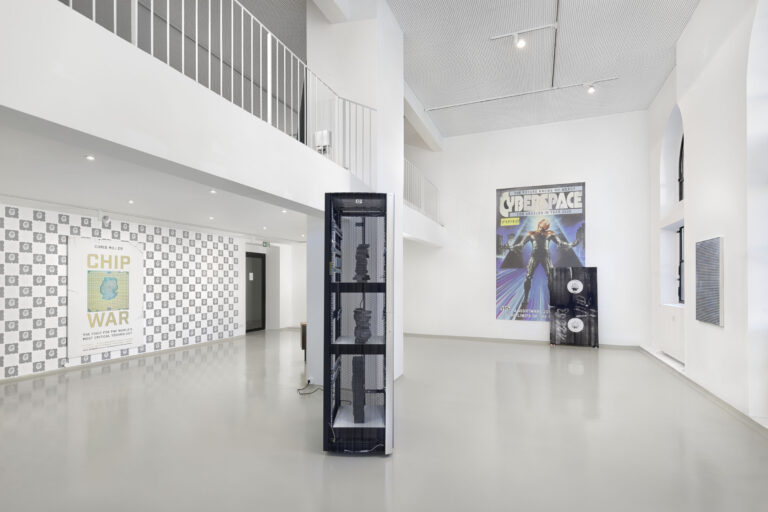
Courtesy of the artist and the gallery.
What is celebrated today as a media revolution may appear as a relic tomorrow. VHS tapes, once symbols of progress, now lie in archives like fossils, while flat screens have long since become mundane everyday objects. Yet obsolete technologies never simply disappear. Instead, they persist in their successors, reemerge in new forms, and carry the traces of their history within them. Every technical innovation opens up utopian hopes for future, freedom, and communication, while at the same time evoking fears of surveillance and loss of control. Past, present, and future thus remain inextricably interwoven in media technologies.
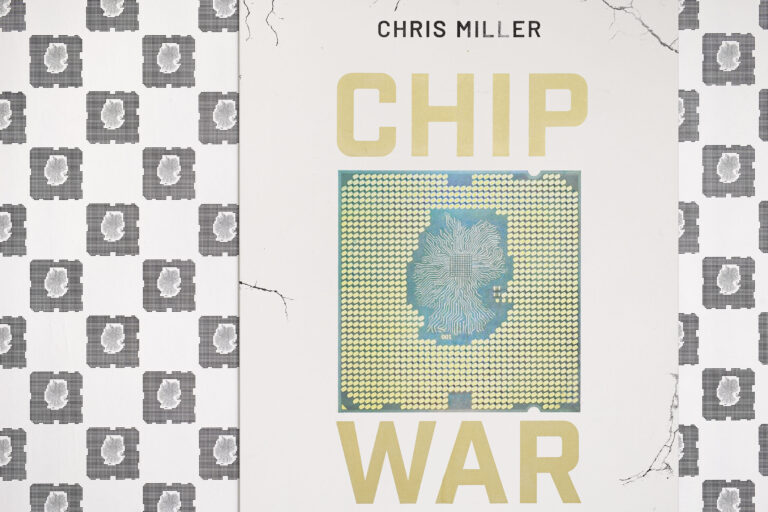
Courtesy of the artist and the gallery.
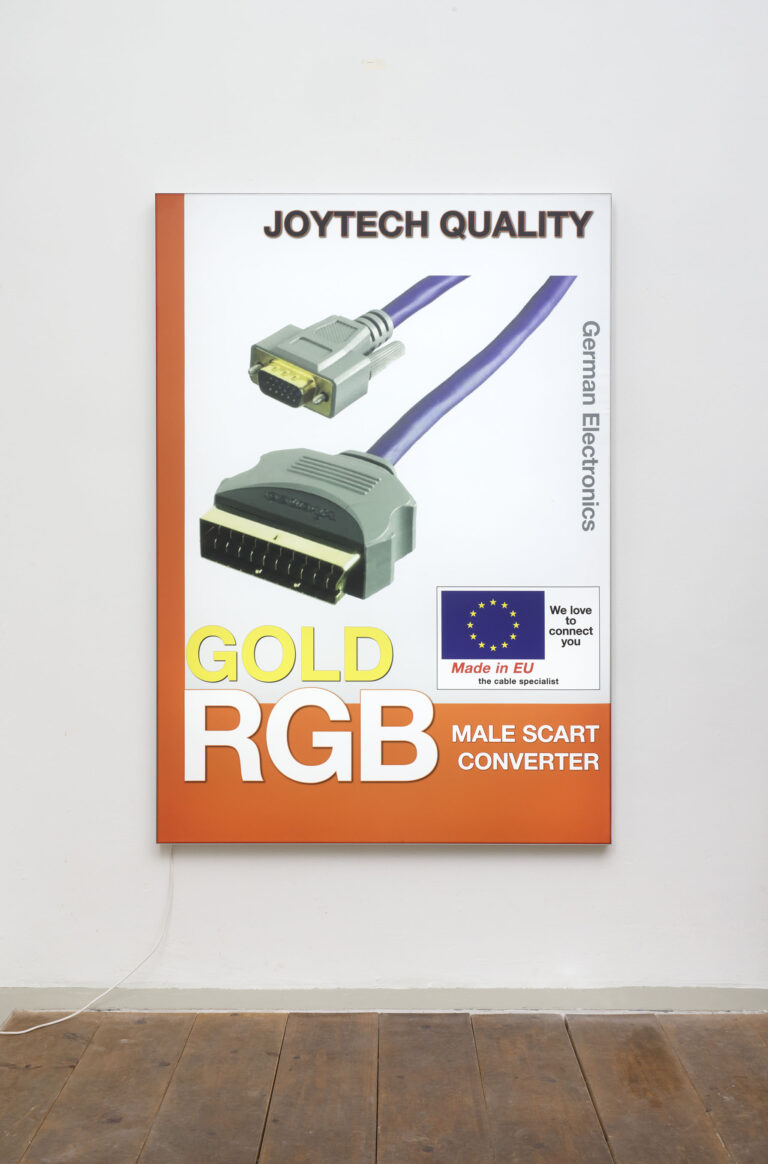
Courtesy of the artist and the gallery.
Joep van Liefland’s exhibition Silicon Jelly unfolds the present as a threshold space where these overlaps become condensed. Old media appear as relics to be reinterpreted, while digital infrastructures already bear the echo of their own obsolescence. Beyond this temporal dimension, Silicon Jelly also addresses the social and political aspects of media. Van Liefland reveals that technologies are never neutral objects but cultural stores of dreams, anxieties, and projections that continue to live on in every new form. The example of figures such as Peter Thiel makes clear that technological visions of the future always carry with them economic interests and even political ideologies. Technologies are never innocent, they are entangled with fantasies, power structures, and cultural discourses.
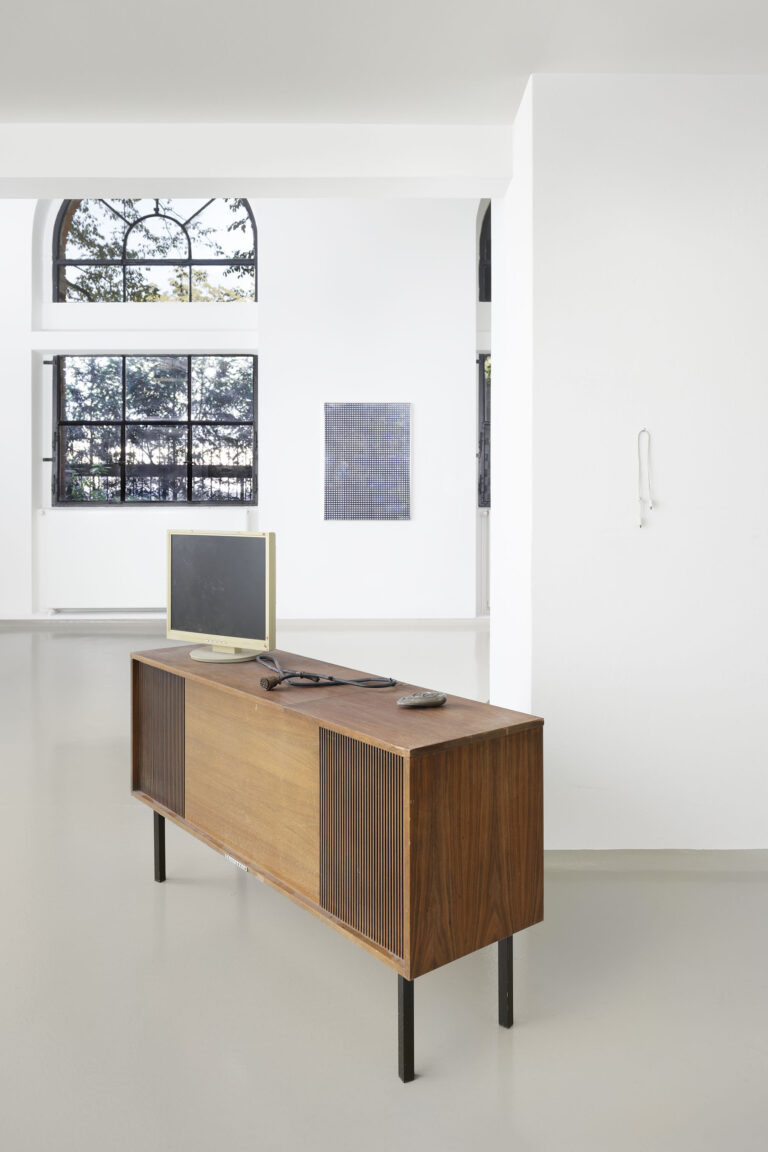
Courtesy of the artist and the gallery.
In Chip War, van Liefland appropriates the cover of Chris Miller’s book of the same title, which discusses the geopolitical significance of semiconductors. Where the original displays a world map, Van Lieflands version presents a map of Germany rendered as a circuit board, traversed by fine cracks. In doing so, he shifts the focus to Germany’s own ambivalent relationship to digitalization, marked by engineering tradition but also by a sense of falling behind in global competition. At the same time, the work references the stereotype of “German Angst” towards tech nological change. Set against a wallpaper that rhythmically repeats the motif, the image opens up a space between seriousness and decor, fragility and gloss, without prescribing a single reading.
In works such as Male Converter, which adopts the visual language of banal
online advertising from Southeast Asia, a dense web of cultural meanings emerges. A cable adapter is labeled as “male”, the EU logo promises connections while the product is already obsolete, and the word “Gold” oscillates between value, kitsch, and irony. What appears on the surface as a harmless advertisement reveals itself as a commentary on gender, the global electronics industry and the fragility of digital promises.
The title Silicon Jelly itself ironically plays on Silicon Valley, the global symbol of digital innovation. The region originally received its name because of the boom in semiconductor production. Silicon, the hard material of microchips, became the foundation for an entire myth of technological progress. Van Liefland replaces this “Valley” with “Jelly“: soft, unstable, organic. In this shift lies not a definitive judgment but a playful commentary. A space of ambiguity in which the shiny rhetoric of Silicon Valley tips into fragility.
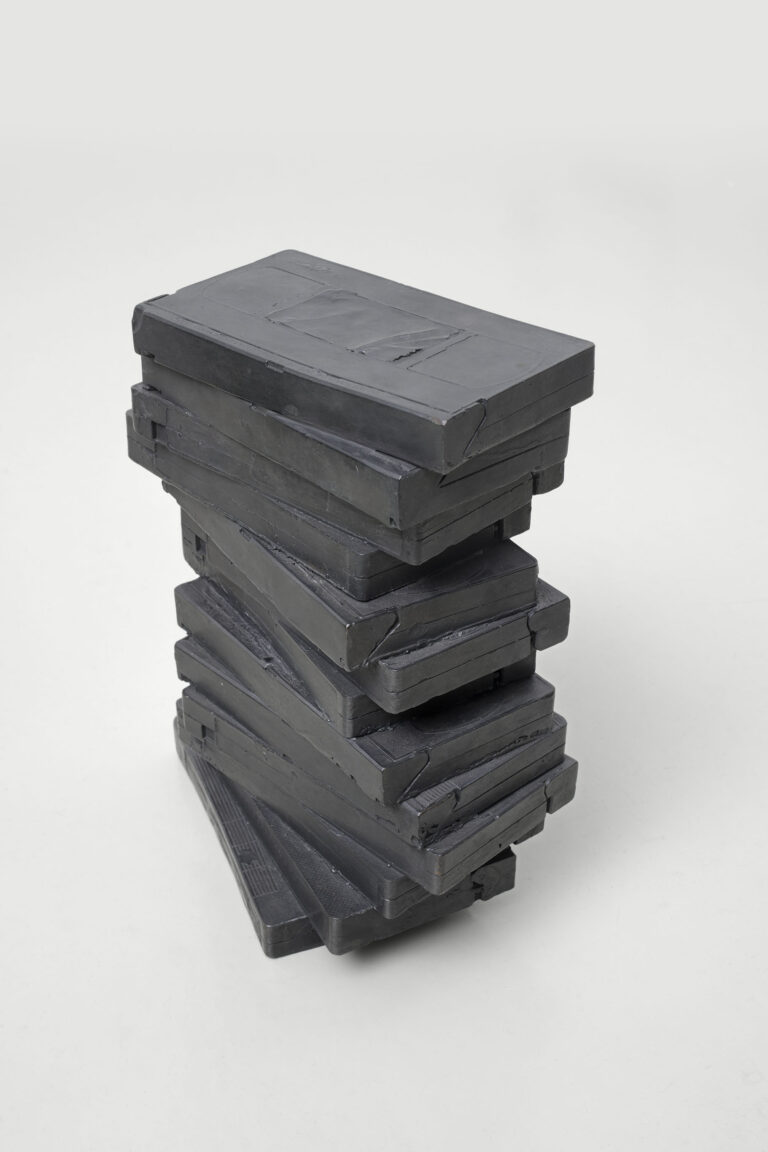
Courtesy of the artist and the gallery.
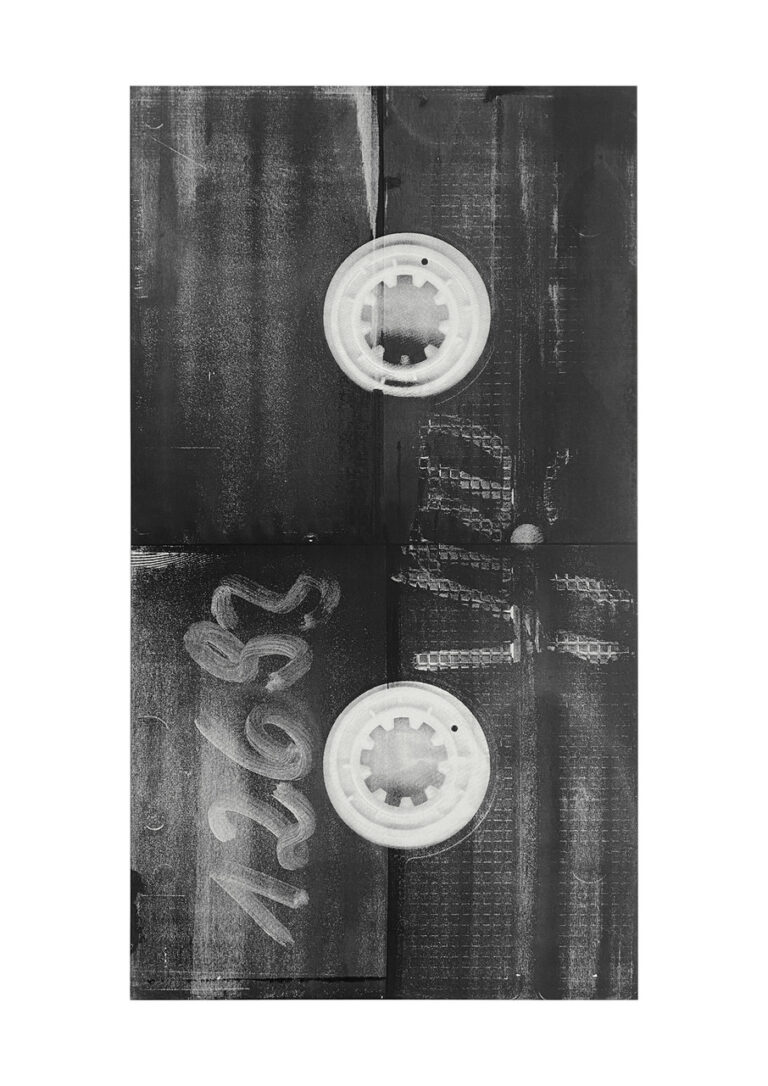
Courtesy of the artist and the gallery.
Van Liefland’s art makes tangible that progress never follows a straight line. Each digital utopia already bears the mark of its own decline while each relic harbors the potential to be re-read. In Silicon Jelly technologies appear as cultural artifacts that move between past, present, and future, while simultaneously demonstrating that media are not merely technical objects, but also screens of projection for collective imaginations. Never unambiguous, never final, always pervaded by tensions. Within this tension, the exhibition unfolds its panorama: between archive and fiction, seriousness and irony, monument and ruin, euphoria and dystopia.
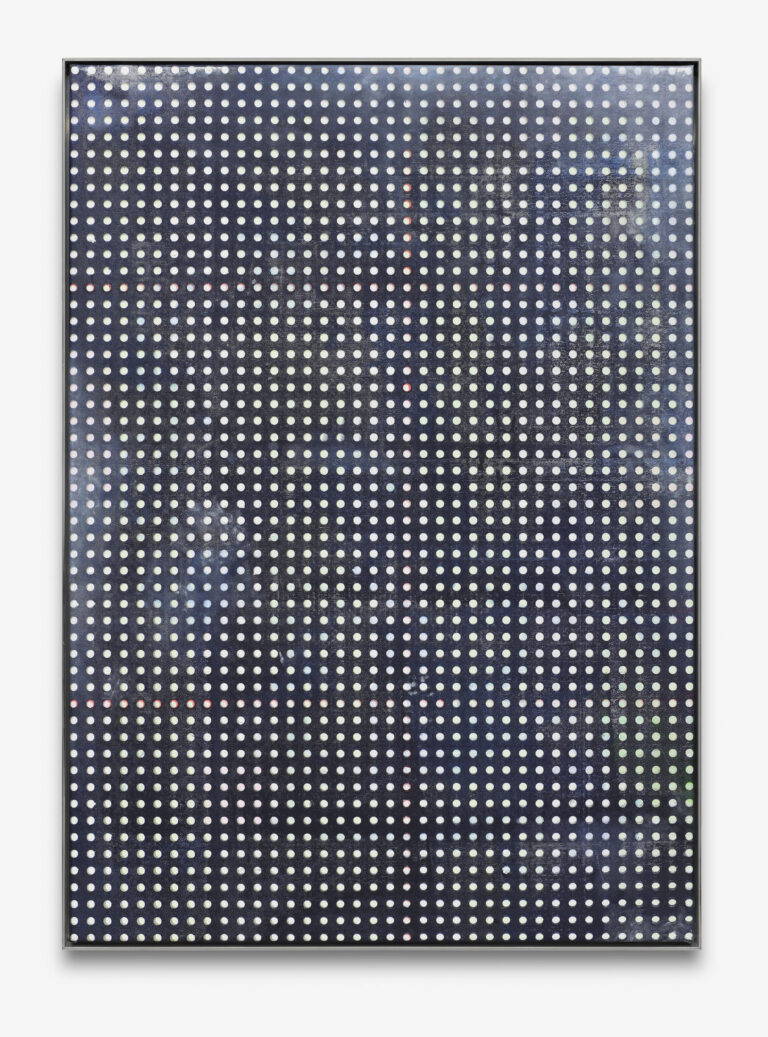
Courtesy of the artist and the gallery.

